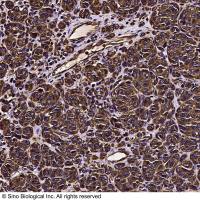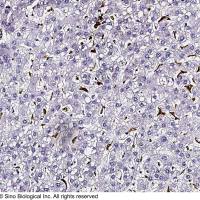Newly generated dendritic cells (DC) migrate from the bone marrow to the nonlymphoid tissues presumably through the blood stream (peripheral blood DC). During injury, tissue DC (such as Langerhans cells [LC] in the epidermis) capture antigen and then, under microenvironmental signals, leave the nonlymphoid tissues through the afferent lymph as veiled cells (
see
Fig. 1 ). During their migration, DC undergo maturation, including loss of antigen uptake and acquisition of costimulatory function. Then, DC enter into lymph nodes where they home to the T-cell rich area (inderdigitating cells) and induce an antigen specific primary T-cell response.
Fig. 1.
Life cycle of dendritic cells. Newly generated dendritic cells migrate, from the bone marrow to the nonlymphoid tissues presumably through the blood stream (peripheral blood DC). During an injury, tissue dendritic cells (such as LC in the epidermis) capture the antigen and then, under microenvironmental signals (such as TNFα production in the dermis) leave the nonlymphoid tissues through the afferent lymph (veiled cells). During their migration, DC undergo maturation, including loss of antigen uptake and aquisition of costimulatory function. Then, DC enter into lymph nodes where they home to the T-cell rich area (interdigitating cells) and induce an antigen specific primary T-cell response. Few DC exit lymph nodes possibly because they may either be programmed to die after antigen presentation or destroyed by the afferent immune response.






